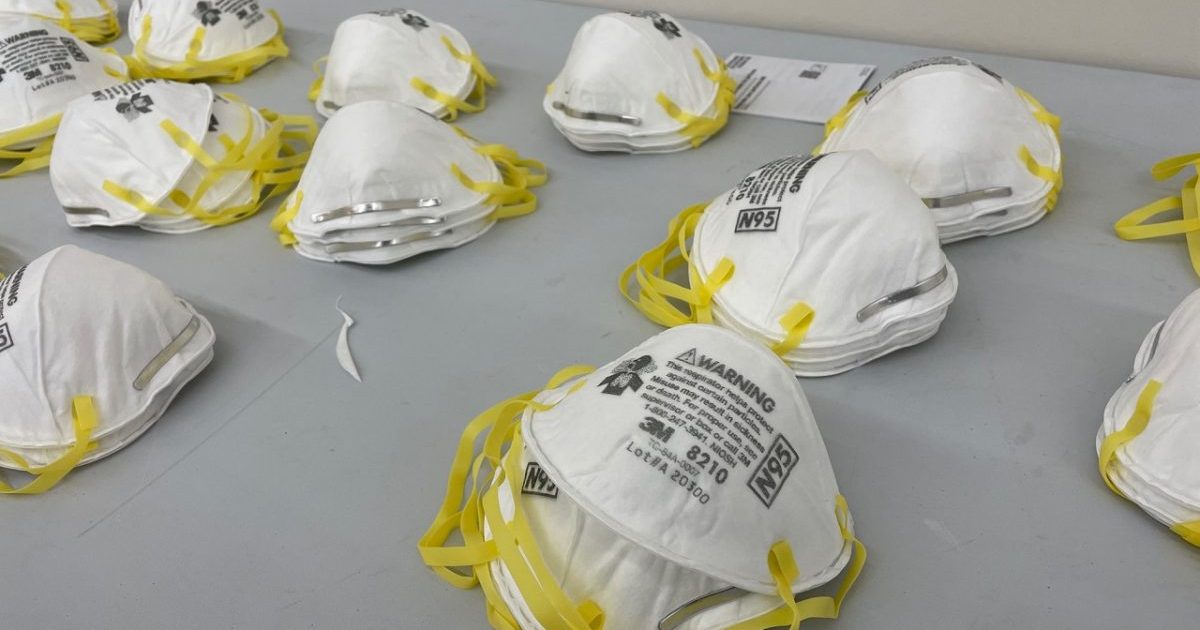MichMash: Looking back on Michigan’s COVID-19 response and more stories from 2022
To wrap up the year, Cheyna Roth and the Detroit News’ Sarah Rahal reflect on the lasting effects of COVID-19 on the state’s population, politics and more.

2022 may be in the rearview mirror, but COVID-19 isn’t. To wrap up the year, Cheyna Roth and the Detroit News’ Sarah Rahal take a look back at Michigan’s response to COVID-19 and the lasting effects the virus has had on the state’s population, politics and more.
In this episode:
- COVID-19 cases were down in 2022 but flu and RSV cases increased.
- The state saw a decline in population, about 50,000 people over the past two years.
- Caregivers in Michigan are stretched thin and seeking better pay and working conditions.
As COVID-19 cases decreased in Michigan, many people were wondering how the state would bounce back in 2022. Detroit News reporter Sarah Rahal spoke with host Cheyna Roth on Michigan’s pandemic recovery and stories she’ll be following in the new year.
COVID-19 cases from January ’22 and January ’23 are markedly different, Rahal said. Michigan saw 20,000 cases a day last year and they’re now down to 2,000 cases a week. Michigan also lifted COVID-19 restrictions and people are more comfortable now that more is known about the disease.
“It was probably our first holiday season that people weren’t as anxious about getting together,” Rahal said.
Epidemiologists are still cautioning people on large gatherings because of increased flu and RSV infections, Rahal said. Nine-percent of U.S. counties are at risk for high risk medically significant diseases like flu, RSV and COVID-19.
Michigan’s population decreased for the second consecutive year, Rahal said, with people moving out of the state, lower birth rates in Michigan, and deaths from COVID-19 being main factors. The state’s population dropped by about 50,000 people over the past two years.
“More people died in Michigan than were born for the first time since the 1900s,” Rahal said. “It’s called a natural decrease and it can be really hard to come back from, but it can also be a combination of people not having as many children as they used to.”
The Midwest in general suffered a population decline, Rahal said. Illinois and Ohio saw greater losses than Michigan.
The New York and Michigan Solutions Journalism Cooperative took on a collaborative project with the Detroit News, reporting on caregivers in the state. This is a topic Rahal and Detroit News Data Reporter Hayley Harding have a connection to, as they both previously worked as caregivers.
Caregivers have raised concerns over low pay, being overworked and having to pay for training out of pocket, Rahal said. These issues are making the caregiver shortage worse with 200,000 more workers needed in 2019. The need will only increase by 2026.
“I would say that people are finally finding a way to get their voices heard. There’s a statewide coalition that’s working with a national coalition. And it’s all based out of research that’s coming out of MSUs Research Center. There’s so much here so much to dive deep into, but people really need to care.”
Rahal will continue to report on caregivers this year, she said. Whitmer recently allocated a lot of money in the state budget for caregiving and to PACE which operates in South East Michigan and other parts of the state.
Related posts:
- Michigan lifts most of remaining COVID-19 restrictions
- Detroit Evening Report: Detroit suing U.S. Census Bureau, claims population undercounted
- Why caregivers in Michigan are struggling as population ages
Support the podcasts you love.
One-of-a-kind podcasts from WDET bring you engaging conversations, news you need to know and stories you love to hear.
Keep the conversations coming. Please make a gift today.
